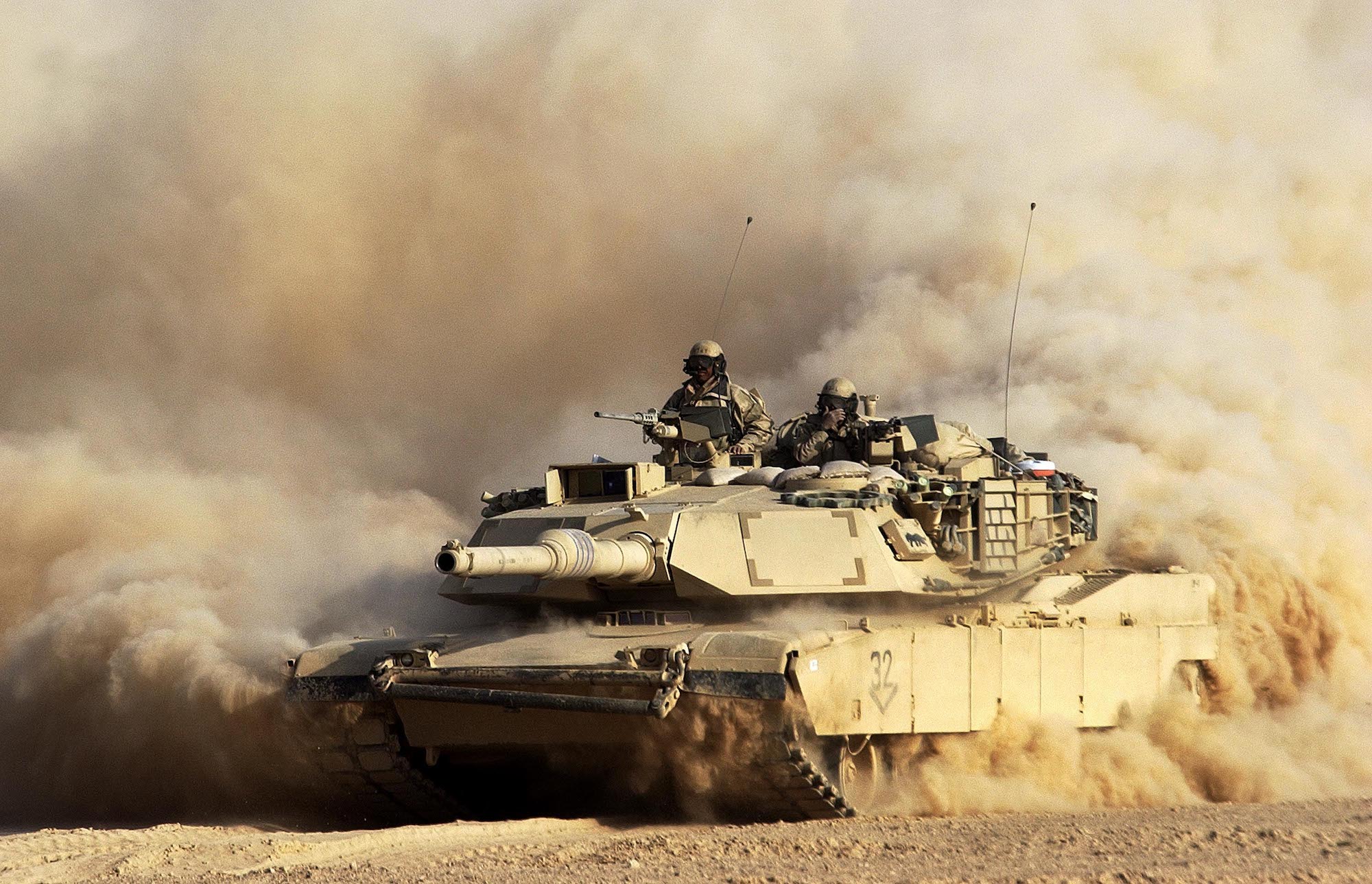War, historically a manifestation of humanity’s deepest conflicts, finds a profound and multifaceted analysis within Bahá’í teachings. This unique perspective intertwines spiritual principles with social commentary, particularly expressed through the medium of poetry. The observation of war extends beyond mere lamentation; it becomes a catalyst for reflections on unity, justice, and the transformative power of love and compassion. In this discourse, we shall explore the Bahá’í interpretation of war, the implications it has on the human condition, and the distinct role that poetry plays in conveying these teachings.
At its core, the Bahá’í Faith avers that war emerges from the shortcomings of human nature—namely, the disunity and divisiveness pervasive in societies. This philosophical underpinning elucidates that to comprehend the essence of war, one must traverse the landscape of human relationships, articulated with poignancy through poetic expression. The Bahá’í writings assert the necessity of global unity and peace, emphasizing that ongoing conflict is symptomatic of a deeper malaise: the fragmentation of humanity itself.
One of the most striking components of the Bahá’í teachings in relation to war is the concept of the oneness of mankind. The idea suggests that the barriers of race, nationality, and religion are artificial constructs that fuel animosity and discord. In this light, poetry often serves as a medium to articulate the painful realities of conflict while simultaneously offering visions of unity. This dual function captures the depths of human suffering and provides a moral compass that beckons individuals towards reconciliation and harmony.
To traverse the dichotomy between war and peace, on one side lies the raw despair depicted in poetry that recounts tales of loss and anguish. The lamentation of warriors, the existential queries of those displaced from their homes, and the silent cries of the innocent echo through verses that encapsulate the sorrowful impacts of war. Such poetry invites readers to reflect on the transience of life and the profound cost of unresolved conflicts. Yet, there exists a remarkable juxtaposition within this art form—simultaneously encased in lamentation is the call to action. A poet’s pen becomes a brush that paints not only the desolation left in war’s wake but also the possibility for renewal and understanding.
Szabo, a poet of resounding clarity, encapsulates embedded truths of the Bahá’í teachings in her works addressing war. In her verses, she juxtaposes the cacophony of gunfire with the silken murmur of hope and love, urging readers to visualize a reconciliatory path forward. Such metaphors prod audiences towards intrinsic contemplation: How does one reconcile the chaos of conflict with the serenity of spiritual allegiance? This question resonates throughout Bahá’í literature, urging seekers of truth to transcend the superficialities that instigate division.
Moreover, poetry within the Bahá’í context serves a transformative role. It encourages individuals to unearth the qualities of compassion, humility, and resilience. When examining atrocities of war, the Bahá’í perspective does not settle for despair; it aspires to illuminate the potential for profound social change arising from collective outcry. The verses implore societies to forge alliances rooted in understanding, evolving a consciousness that collapses the barriers that fuel hatred. This aligns seamlessly with the essence of the Bahá’í teachings, which advocate for the establishment of a global society characterized by dignity and respect for all.
The metaphor of the lotus flower frequently surfaces in Bahá’í poetry when discussing the aftermath of war. Much like the lotus rises nobly from the murky waters, humans too possess the capacity to thrive and cultivate beauty in the aftermath of turmoil and strife. This potent imagery becomes a source of rejuvenation and a reminder that the darkness of conflict does not erase the light of human potential. The Bahá’í perspective thus encourages individuals to envision a world where adversities are transmuted into opportunities for learning and growth.
In addition to these themes, social commentary through poetry actively engages the author’s surroundings, critiquing injustices that underpin the occurrences of war. This confluence of art and activism challenges readers to confront uncomfortable truths: the racial tensions, class disparities, and political disenfranchisement that fuel societal unrest. The urgency of such commentaries imbues poetry with the responsibility to not only reflect societal flaws but to incite change. The potent amalgamation of art and social justice informs the fabric of Bahá’í poetry, subtly urging audiences to participate in the collective movement towards peace.
Finally, what sets Bahá’í teachings apart is the emphasis on love as the ultimate antidote to conflict. The poetry that emerges from this tradition is thriving with compassion; it extolls the virtues of empathy and kindness as the undercurrents driving universal peace. Love, as posited by Bahá’í philosophy, is not merely an abstract concept but a practice that carries the transformative potential to dissolve enmities and embrace a future rooted in unity.
In conclusion, Bahá’í teachings on war interlace deep spiritual principles with poignant social commentary, effectively reflected in the expressive realm of poetry. By employing metaphors that resonate with both sorrow and hope, poets illuminate pathways towards understanding and compassion. The unique appeal of this synthesis lies in its ability to transcend cultural and linguistic boundaries, inviting audiences to engage with the universal narrative of humanity’s struggles and aspirations. Ultimately, the core message conveyed through Bahá’í teachings remains clear: The pursuit of peace is not only an external endeavor but also an internal journey towards recognizing our shared humanity.
